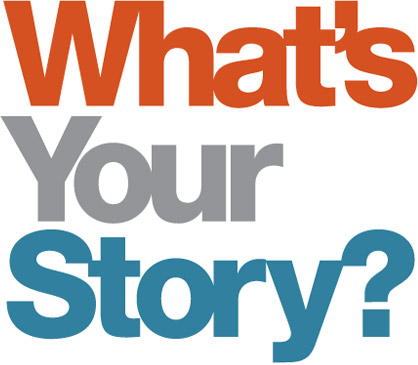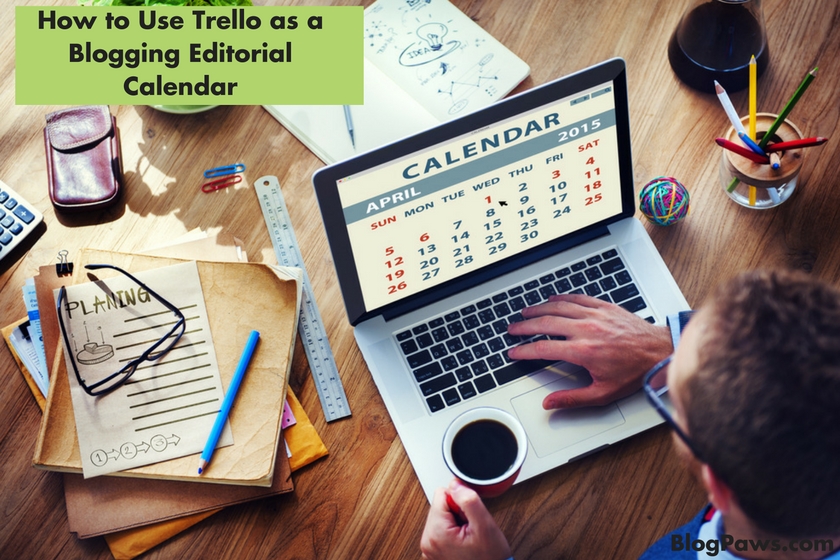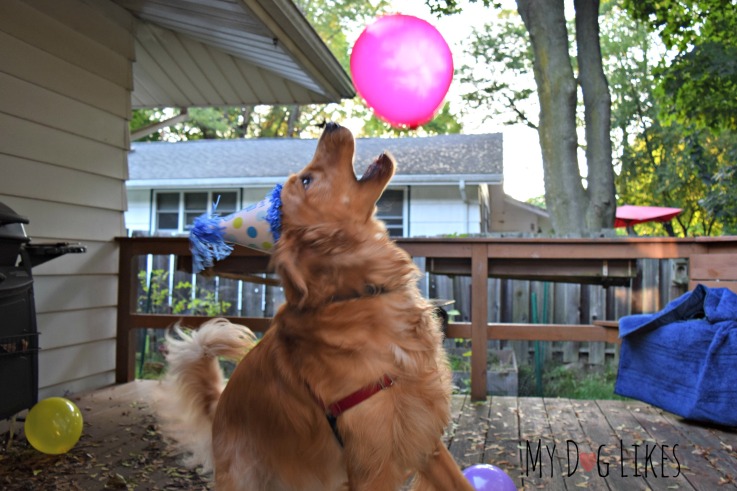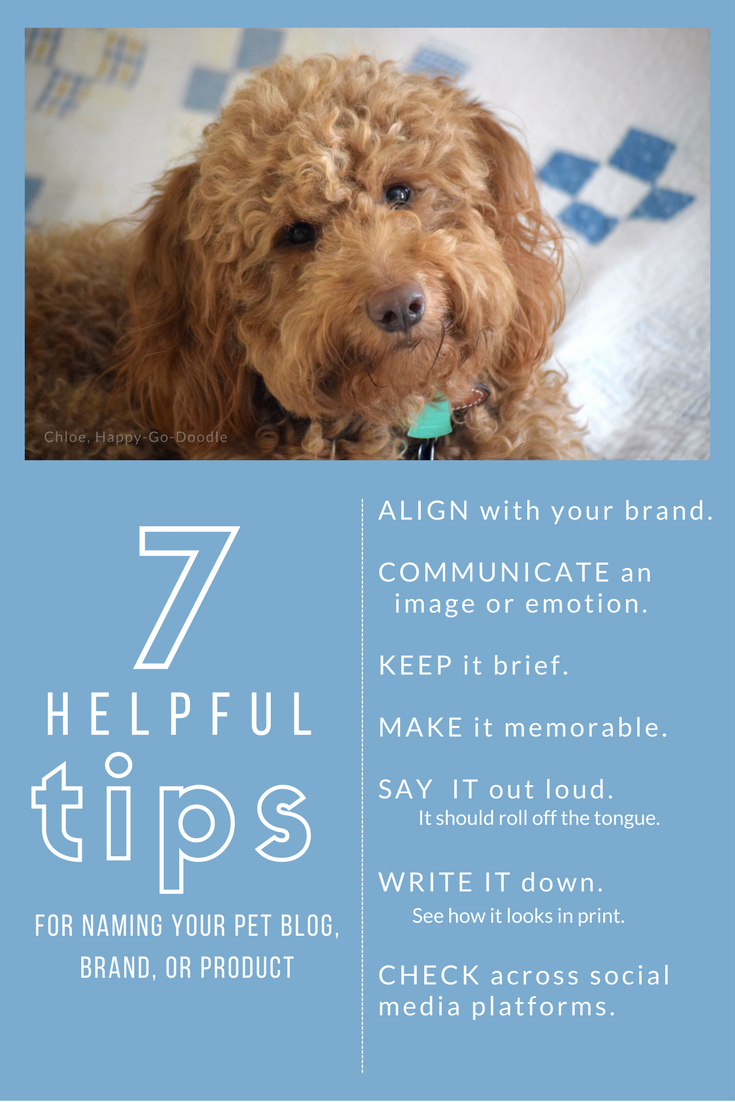The Art Of Storytelling For Bloggers
Post by BlogPaws CEO, Yvonne DiVita
 I met a woman at a book signing. The author appearing was a popular novelist who read a chapter of his book out loud, while the audience, rapt and silent, sat on stiff-backed chairs set close together, in the back room of a local bookstore.
I met a woman at a book signing. The author appearing was a popular novelist who read a chapter of his book out loud, while the audience, rapt and silent, sat on stiff-backed chairs set close together, in the back room of a local bookstore.
The woman next to me sat on the edge of her chair and at one point leaned forward so far I thought she would tumble to the floor! Her eyes never left the stage. I don’t think she blinked. Well, of course she blinked, how could she not blink, the reading went on for almost half an hour. But, I didn’t see her blink. Her hands were clasped around the author’s book as if it were a rare treasure, as if she was sure someone (me, or the gentleman on her right, perhaps?) would snatch it away given the chance. I noticed she wore a plain, gold band on her left hand. Married. No other jewelry was apparent, except for a thin, gold chain adorning her neck.
I kept pulling at my collar, taking deep breaths. Outside, the evening was slipping into dark. A sharp January wind promised snow. No doubt the heat in the bookstore was turned up for that. In such a small room, now jam-packed with chairs and people, the air was as suffocating as a sultry August evening by the lake. My coat and scarf felt like prison bars. Oh, a bit dramatic, I know, but I did feel as if I were a prisoner, held there by the voice of the author, the intrigue of the woman, and the unbearable heat.
The woman didn’t seem to notice the heat. She had barely unzipped her heavy parka, beneath which I glimpsed a brightly colored scarf. Her feet sported those popular boots teenagers love; gray, worn, more like galoshes of old than anything stylish you would expect a woman of… what, 26, perhaps?…to be wearing. Her head was covered with a knit cap that matched the scarf around her neck. A few curls escaped. Dark brown with a hint of red, they curled around her face in soft tendrils, adding to the sense of youth I felt when I looked at her.
Why, I thought, is she here? I glanced at the book in my own hands. A self-help book; How to get better at Life and Live Longer. Surely, I sneaked a quick sidelong glance at this attractive woman next to me, she couldn’t need advice on getting better at life. Or, could she?
“My life is a mess,” she confided when the reading was over, after we’d had our books signed, after I’d steered her to the coffee shop across the street from the bookstore. Her brown eyes were moist; as if the confession was so emotional she might burst into tears at any moment.
“You’re young,” I said gently. I didn’t want to discount her feelings, but I was pretty sure her “mess” was anything but. Being the ripe old age of…well, beyond 60, we’ll say… and having lived through a good many messes, I know from whereof I speak. Today’s mess is tomorrow’s memory and few “messes” turn out as badly as we think.
“You don’t understand,” she said, in a voice so soft I had to lean forward to hear. One lone tear coursed slowly down her cheek. “I’ve failed at everything I’ve ever tried. My husband left me two months ago. I just lost the best job I ever had. I can’t even begin to think what to do next. And,” she sighed, turning her head away to stare out the window into the dark, “my mother has to go in the hospital for surgery next week. I’m her only source of support.”
By now you’re either engrossed in the story or you’re waiting for a pow of a punchline. Either you feel compassion for this poor girl and you’re comparing her life to yours (better or worse?), or you just want the narrator to get to the point and reveal the answer to her woes (which are similar to your woes, after all).
Surely, you’re thinking, there’s a punchline that will wrap this story up with a nice bow, so you can go on your way, go about your business.. while still feeling that the time you spent reading wasn’t wasted.
Surely, you’re wrong.
The story isn’t about this girl. It isn’t about the narrator. It isn’t about a better life, or a book or advice on how to get ahead in life.
It’s about the story. It’s about bringing the reader into the narration. It’s about my sharing the fact that during a conversation one afternoon, I overhead someone say, “I met a woman the other day,”… and it sparked the idea of writing this post. I don’t know anything further about the woman or who met her. I only know it intrigued me.
“I met a woman the other day”… crept into my brain and started a narrative that I knew I could turn into… whatever I wanted. I could write a whole story about it. I could turn this post into a long advice column about the mysterious woman. I could make something of that one sentence … something like this… for my own purposes.
The point is this: the average person prefers to read a story rather than an advice column. If you read advice columns, you’ll notice the story-telling essence of them. Each advice column starts with a question, “Why does my cat race around the house every night at 3 a.m.?” And, concludes with a story, that answers the question, “When my cat, Buster, was 12, he started doing the same thing. He would be fine all day long, and even cuddle for a bit at night as we watched Hawaii 5-0, but once the lights were out, he’d race around the house like a crazy cat…knocking over lamps and bumping into walls. I called my vet and here’s what she told me…”
The story is why people come back to your blog. Yes, many of us write to teach people something. Many write to share a moral (like-minded people have many of the same morals, after all). Many write to reveal truths. I’m saying that, as bloggers, we need to be story tellers, not reporters. We need to be true to the age-old magic of engagement – crafting a story that brings our readers into it.
A good story does three things:
- It asks and answers a relevant question.
- It shares real experiences, talks about real pets/real people. In other words, it’s real.
- It allows the reader some insight into the truth of the story (the moral, if you will), but it also allows the reader to figure the answer out on her own. The reader MUST do something more than just show up, for the story to be effective.
Blogging is very much about telling a story. Not every story has the detail shared here. Not every story needs the detail shared here. But every story should feel real, alive, and believable.
In creative writing we’re taught “the willing suspension of disbelief”. It comes from “…poet and aesthetic philosopher Samuel Taylor Coleridge, who suggested that if a writer could infuse a ‘human interest and a semblance of truth’ into a fantastic tale, the reader would suspend judgment concerning the implausibility of the narrative.”
This takes practice. This takes focus. This takes study.
I recommend all business professionals learn to share a narrative, not just craft a … commentary.
Be the story. Tell us about the woman you met… last week.
(Photo Shutterstock Typewriter)





